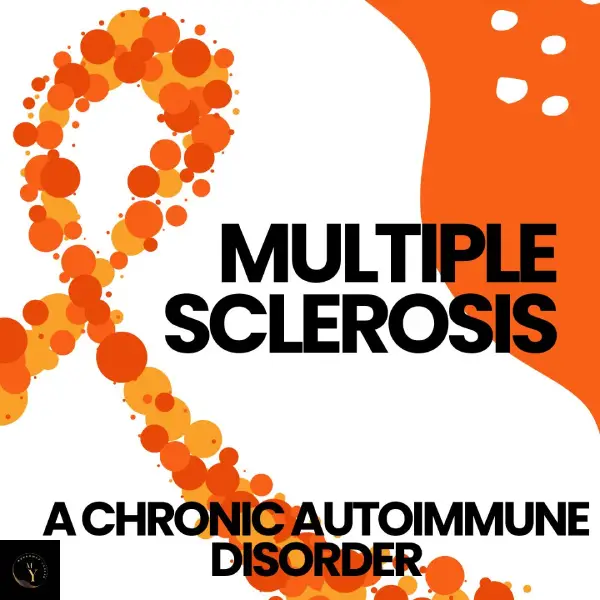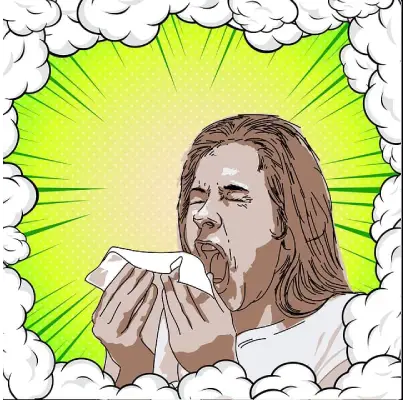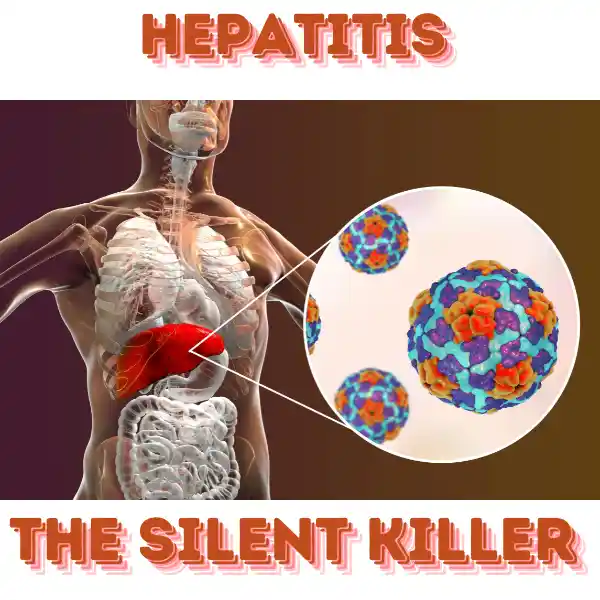Multiple Sclerosis is an autoimmune disorder
Multiple Sclerosis Definition
Multiple sclerosis is a chronic neurological disease that affects the central nervous system, particularly the brain and spinal cord. It usually starts between the ages of 20 and 40. In MS, the immune system mistakenly attacks the protective myelin sheath that covers nerve fibers, disrupting the flow of information between the brain and the rest of the body.
Why Spread Awareness?
Spreading awareness about MS is important for several reasons:
- Early Detection and Diagnosis: Awareness helps people recognize symptoms early, leading to quicker diagnosis and intervention.
- Support and Resources: Informed communities can provide better support and resources for individuals living with MS.
- Research and Funding: Awareness campaigns can drive funding for research, leading to improved treatments and potentially finding a cure.
- Policy and Advocacy: Increased awareness can influence policies that support people with MS, ensuring they have access to necessary healthcare and services.
How Does MS Affect Life?
MS impacts everyone differently, but common effects include:
- Physical Symptoms: Muscle weakness, stiffness, coordination problems, vision issues, and fatigue.
- Mental Health: Depression, mood swings, and cognitive difficulties like memory loss and trouble concentrating.
- Daily Living: Challenges in mobility, bladder control, and performing everyday tasks.
What to Do If Diagnosed with MS
If you or someone you know is diagnosed with MS, here are some steps to take:
- Consult Healthcare Professionals: Seek advice from neurologists and other specialists who can provide a comprehensive treatment plan.
- Medications and Therapy: Use prescribed medications to manage symptoms and consider physical therapy to maintain mobility and strength.
- Healthy Lifestyle: Maintain a healthy diet, exercise regularly, and manage stress to help control symptoms.
- Support Networks: Join support groups for emotional support and practical advice from others living with MS.
- Stay Informed: Keep up-to-date with the latest research and treatment options by following reputable sources and medical advice.
Multiple sclerosis signs
Relapsing-Remitting MS (RRMS)
- Symptoms appear in attacks (relapses)
- Recovery periods (remission) between attacks
- Symptoms may include:
- Vision problems (blurred or double vision)
- Muscle weakness and spasms
- Tingling or numbness in limbs or face
- Balance and coordination issues
Secondary-Progressive MS (SPMS)
- Initially similar to RRMS
- Gradual worsening of symptoms over time
- Increasing disability
- Symptoms may become continuous without clear relapses or remissions
Primary-Progressive MS (PPMS)
- Continuous worsening of symptoms from onset
- No distinct relapses or remissions
- Symptoms include:
- Progressive muscle weakness
- Increasing difficulty walking
- Balance and coordination problems
Progressive-Relapsing MS (PRMS)
- Steady worsening of symptoms from the start
- Acute relapses or attacks on top of steady progression
- Symptoms may include:
- Severe muscle weakness
- Vision problems
- Balance and coordination issues
Common Early Symptoms Across All Types
- Vision problems (blurred or double vision, optic neuritis)
- Muscle weakness and stiffness
- Tingling, numbness, or pain in limbs or face
- Clumsiness and balance issues
- Bladder control problems
- Dizziness
Multiple sclerosis diagnosis
This can be diagnosed through multiple ways and procedures .

- Medical history and neurological examination to assess symptoms.
- MRI scans to detect lesions in the brain and spinal cord.
- Cerebrospinal fluid analysis for abnormal proteins indicating inflammation.
- Evoked potentials to measure nerve signal delays.
- Blood tests to rule out other conditions.
- Multiple tests and specialist evaluations to confirm MS type and severity.
- Early diagnosis crucial for timely treatment initiation and symptom management.
Who is More Likely to Get Multiple Sclerosis?
Women are more likely to develop multiple sclerosis (MS) than men. Researchers believe this may be due to the immune system mistakenly attacking the brain and spinal cord. Potential causes include:

- Infections: Viruses like Epstein-Barr (EBV) may trigger MS.
- Genetic Factors: Certain genetic traits can increase susceptibility.
- Environmental Factors: Low vitamin D levels and smoking increase risk.
- Blood-Brain Barrier: Damage to this barrier may expose the brain to immune attacks.
Multiple Sclerosis Treatment
While there is no cure for multiple sclerosis (MS), several treatments aim to manage symptoms and slow disease progression.Multiple sclerosis drugs include as follows
- Corticosteroids: Reduce inflammation during MS attacks.
- Plasma Exchange: Treat severe flare-ups in some cases.
- Disease-Modifying Treatments: FDA-approved therapies include:
- Injectables: Beta interferons and glatiramer acetate.
- Infusions: Natalizumab, ocrelizumab, and alemtuzumab.
- Other: Mitoxantrone, fingolimod, dimethyl fumarate, teriflunomide, cladribine, diroximel fumarate, and siponimod.
These treatments aim to modify immune responses, reduce relapses, and slow disability progression associated with MS. Treatment choices depend on disease type, severity, and individual response. Regular monitoring and adjustments by healthcare providers help manage MS effectively.







